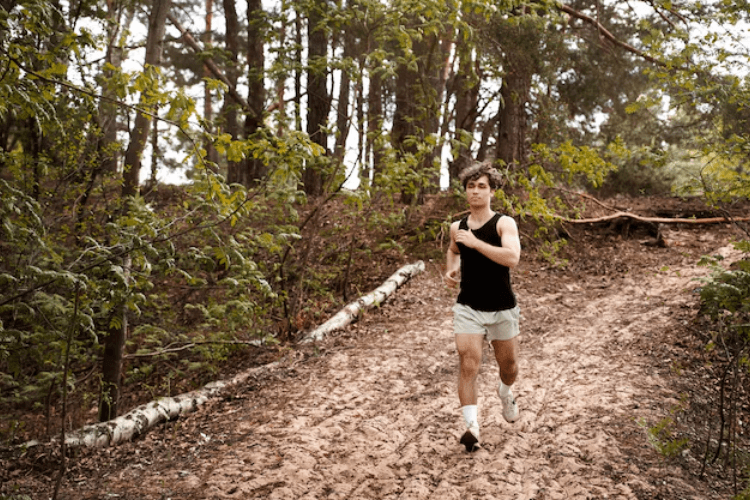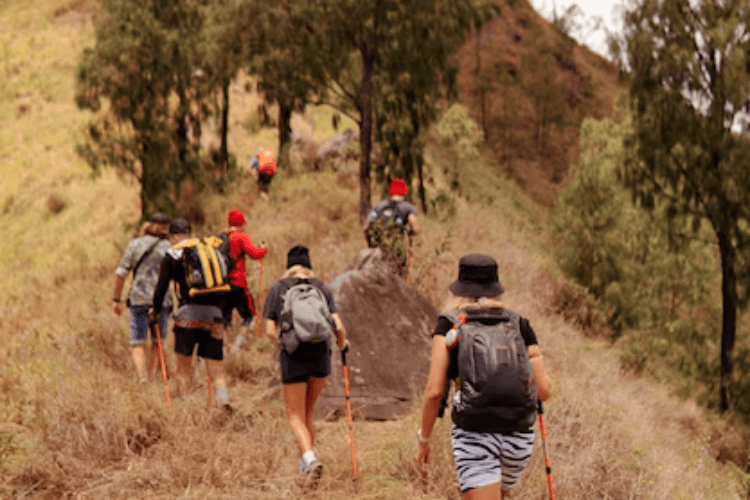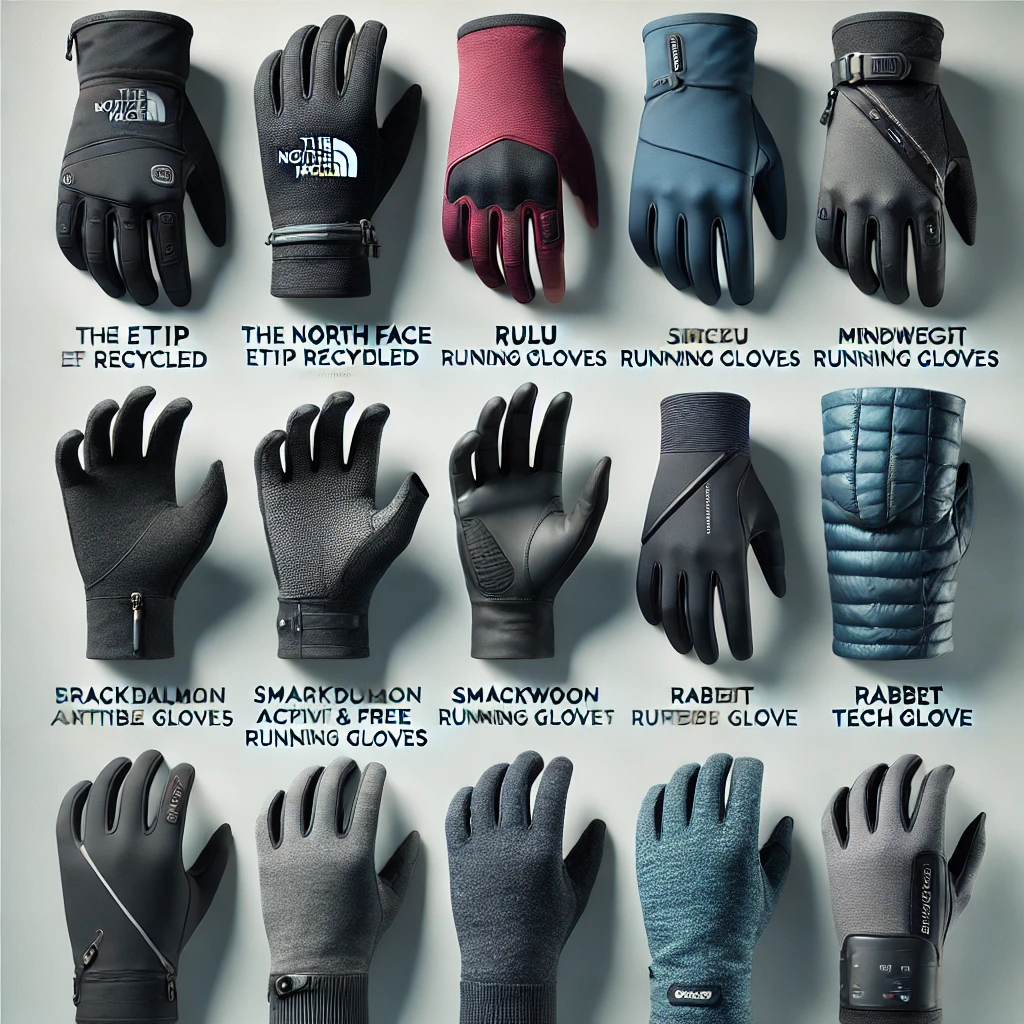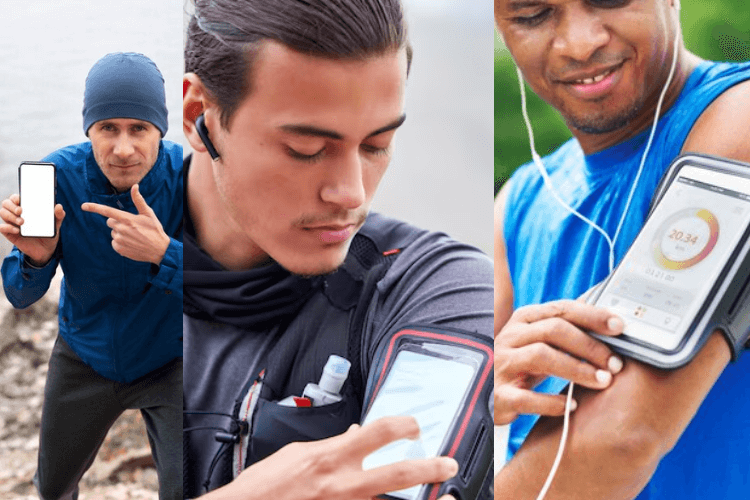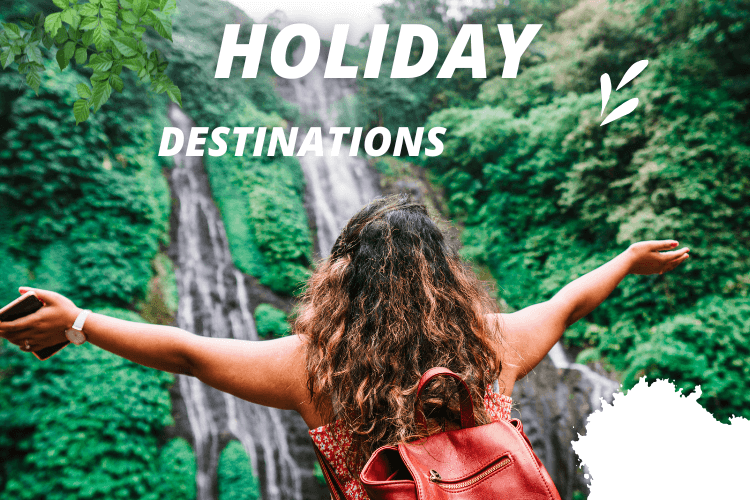Master Trail Hygiene: Expert Tips for Staying Clean Outdoors
Master Trail Hygiene: Expert Tips for Staying Clean Outdoors Read More »
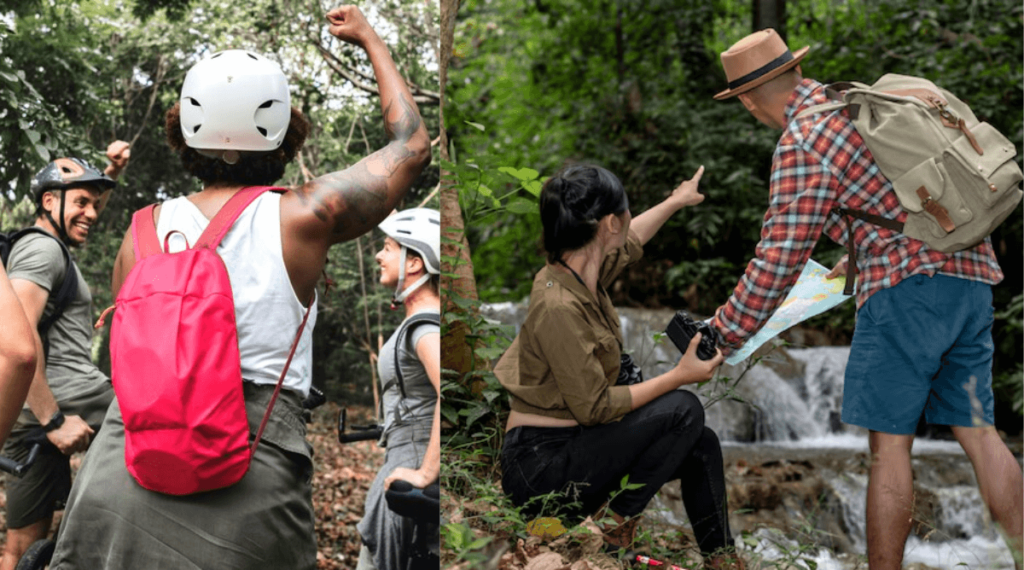
When you’re outdoors on an extended hiking or backcountry adventure, staying clean can be one of the most challenging aspects of your journey. Without the comfort of showers or bathrooms, it’s essential to have a few practical strategies to help maintain hygiene and ensure that your experience remains comfortable.
Whether you’re trekking through rugged terrain or camping in the wilderness, making small efforts to stay fresh and energized can make a huge difference in how you feel during your trekking or backpacking activities.
Master Trail Hygiene: Expert Tips for Staying Clean Outdoors
One of the best tips to follow is to maintain a solid baseline of hygiene practices. Start by packing biodegradable soap and wet wipes for quick clean-ups, especially when you’re in a pinch and don’t have access to water.
Remember to always stay clean by wiping down your hands and face after meals and using a portable water filter to keep your drinking water free of contaminants. Additionally, a simple and easy practice is to change socks and wash your feet regularly, preventing blisters and grime from building up.
When facing sweaty, muddy conditions, make sure to keep your body comfortable by finding quick ways to clean yourself without detracting from the fun of exploring the outdoors.
These strategies will help you stay healthy, prevent infections, and keep you from feeling uncomfortable on your adventures.
Key Takeaways
- Wilderness hygiene is important for staying safe and preventing the spread of illness while camping.
- Basic wilderness hygiene includes washing hands regularly, protecting food from insects and animals, cooking food thoroughly, eating cooked food promptly, and cleaning pots, pans, and utensils properly.
- Personal hygiene on a trek involves practicing bathing techniques like sponge baths or dry showers, taking care of oral hygiene and foot hygiene, changing clothes regularly, and properly disposing of waste.
- Following good wilderness hygiene practices helps protect our health and the environment during outdoor adventures.
Backcountry Hygiene Gear Supplies List
In general, it does not take a whole lot of items to keep you clean in the backcountry. These items are essential for staying clean while backpacking. Here’s a short list of the items I recommend you bring:
- Trowel
- Toilet paper
- Pee Rag (optional)
- Backcountry Bidet (optional)
- Biodegradable Wet Wipes (optional)
- Buff, bandana, or small camp towel
- Biodegradable soap
- Small sealable plastic bag for packing out used items
- Toothbrush
- Travel-size toothpaste or toothpaste tablets
- Hand sanitizer
- Toothbrush
- Toothpaste
- Dental floss
- Biodegradable soap
- Bandana or microfiber cloth
- Hairbrush or comb
- Quick drying towel
- Hand sanitizer
- Wet wipes
- TP (packed in its ziplock bag)
- Trowel
- Razor
- Panty liners
- Pads/tampons/menstrual cup
Wash your hands
One of the most important hygiene practices on the trail is to wash your hands regularly, especially after using the toilet, before eating, or when your hands are visibly dirty from handling gear or food.
Ideally, you should scrub with warm water and soap for at least 20 seconds, humming the happy birthday song to make sure you’ve washed long enough.
However, if water isn’t available, an alcohol-based hand sanitizer with at least 60 percent alcohol can be a quick and effective solution. Make sure to clean under your nails where dirt and germs love to hide.
Taking time to wash your hands properly helps prevent the spread of illnesses and keeps you healthy during your backpacking or camping trips, whether you’re deep in the wilds or just relaxing after a long hike.
Pack Biodegradable Soap
When you’re hiking or backpacking in the wild, packing biodegradable soap is a crucial part of your hygiene kit. Regular soap can harm the environment by releasing chemicals that disrupt natural water sources, but biodegradable soap breaks down naturally, reducing your footprint.
To minimize your impact, always use it sparingly, whether it’s for cleaning hands, dishes, or your body. It’s also important to wash at least 200 feet away from rivers, lakes, or streams to avoid contamination.
Choose a green, eco-friendly option with no harsh chemicals or synthetic fragrances. Many outdoor enthusiasts also prefer solid soap, as it is more durable and less likely to spill during your trek.
Storing it in a resealable bag ensures it doesn’t leak in your pack, making it an easy, sustainable choice for keeping clean while protecting the quality of the wildlife and the environment.
Body Wipes and Sanitizers
Carrying biodegradable body wipes and alcohol-based hand sanitizers can be a lifesaver when you’re on a trek or camping in the wilderness.
These products help keep your skin clean and germ-free when water isn’t available.
Make sure to choose unscented options to avoid attracting wildlife. Biodegradable wipes are perfect for cleaning up after meals or bathroom breaks, and they are compact and lightweight, so they won’t add much weight to your pack.
Some even come in reusable bags to help with trash disposal, which aligns with Leave No Trace principles. For extra convenience, you can use hand sanitizers to quickly sanitize after touching dirty surfaces, keeping you refreshed throughout your outdoor adventures.
In addition, biodegradable and antibacterial wipes can be useful for clean-ups during long treks or when water is scarce. These products also prevent the spread of germs and help maintain health by keeping you free from bacteria and microorganisms.
Always make sure to pack enough for the duration of your trip, and consider adding natural deodorants or powders to stay fresh and manage perspiration during multiple days on the trail.
Whether you choose Sea to Summit Wilderness Wipes or another brand like Ursa Major or Allez, these products are essential for staying clean and comfortable in the outdoors.
Carry a Trash Bag
Bringing a trash bag is an essential part of keeping the trail clean and shows respect for nature. A sturdy bag helps you dispose of waste, like food wrappers, tissues, and other small items, while keeping wildlife safe.
Make sure to pack a bag that won’t tear easily and keep it in an easy-to-access spot in your backpack.
Double-check the area before leaving to ensure that all waste has been collected and packed properly. Bringing a trash bag not only prevents littering, but it also contributes to a cleaner and more enjoyable experience for everyone. When planning meals, try to minimize waste by reducing the number of cooking pots or scraping food residue into the trash bag.
Always collect food scraps, and if you’re near water sources, make sure to dispose of waste at least 200 feet away to protect the environment..
Hand Hygiene on the Trail
Hand hygiene is crucial on the trail, especially when you’re dealing with germs from handling food, using the toilet, or touching surfaces in the wilds. To keep germs from spreading, it’s essential to wash your hands with warm water and soap, scrubbing for at least 20 seconds.
If that’s not feasible, carrying hand sanitizer with at least 60 percent alcohol can be a quick and effective solution to kill germs. Be sure to focus on your nails, where dirt and germs tend to hide.
Emily Mandagie, an expert outdoorist, swears by this as her number one tip for staying healthy while backpacking in the Pacific Northwest.
Whether you’re in a bathroom or eating, always have hand sanitizer handy to avoid illness. Don’t forget that frequent hand washing is vital to keeping yourself and your group safe from contamination while enjoying the great outdoors..
Foot Care in the Outdoors
Hand hygiene is crucial on the trail, especially when you’re dealing with germs from handling food, using the toilet, or touching surfaces in the wilds.
To keep germs from spreading, it’s essential to wash your hands with warm water and soap, scrubbing for at least 20 seconds.
If that’s not feasible, carrying hand sanitizer with at least 60 percent alcohol can be a quick and effective solution to kill germs.
Be sure to focus on your nails, where dirt and germs tend to hide. Emily Mandagie, an expert outdoorist, swears by this as her number one tip for staying healthy while backpacking in the Pacific Northwest.
Whether you’re in a bathroom or eating, always have hand sanitizer handy to avoid illness. Don’t forget that frequent hand washing is vital to keeping yourself and your group safe from contamination while enjoying the great outdoors.
Personal Hygiene Products
When heading out on a trail, it’s essential to pack the right personal hygiene products to keep yourself clean and fresh. Biodegradable body wipes are a must-have, especially for wiping off sweat, dirt, and grime from your skin after long hikes.
Choose unscented wipes to avoid attracting wildlife, and ensure they are lightweight and compact to easily fit in your pack without adding much weight. Alcohol-based hand sanitizers and wipes can help keep your hands germ-free, particularly after meals or bathroom breaks.
If you’re concerned about disposing of used wipes or menstrual products, consider biodegradable or Bio bags, which allow for easy collection and pack out without harming the wilderness environment. These products, along with natural deodorants and moisturizing powders, help you stay comfortable and refreshed throughout your outdoor adventures.
In addition to wipes and hand sanitizers, don’t forget to bring dry wipes or wet wipes for quick clean-ups. They’re an excellent solution when waterless options are needed, especially during extended trips where access to clean water is limited.
For overnight camping or hiking trips, these hygiene solutions are a game-changer, offering effective cleaning and helping you feel fresh at the end of the day.
When using these products, always remember to pack out your trash and keep your footprint small by bringing a zip-top bag to store used items securely. The key is to make thoughtful, sustainable choices that help you maintain cleanliness without compromising the environment.
Leave No Trace principles
Following Leave No Trace principles is key to responsible outdoor practices that help minimize your environmental impact. These guidelines are designed to help outdoor enthusiasts enjoy nature while preserving its beauty for future generations.
Simple actions like using unscented products to avoid attracting wildlife and properly disposing of waste can significantly reduce your footprint. If you need to relieve yourself, dig a cat hole at least 200 feet away from trails and water sources, ensuring it’s six to eight inches deep to protect the ecosystem.
When washing up, choose biodegradable soap that will break down naturally, and always pack out everything you bring, leaving the wilderness undisturbed. By following these Leave No Trace recommendations, you can help preserve the landscapes and wildlife we all love.
Regularly Sanitize All Your Utensils and Eating Equipment
When you’re out on the trail, it’s important to regularly sanitize all your utensils and eating equipment to avoid foodborne illnesses. Using boiling water to sanitize pots, bowls, and spoons is a simple and effective way to ensure your gear stays clean.
Biodegradable wet wipes, hand sanitizer, and travel-sized soap are indispensable for maintaining sanitary conditions, especially in a remote cooking area. Always make sure to keep your hands and utensils clean before preparing raw or cooked foods, and practice safe food handling by separating your cutting boards and knives to prevent cross-contamination.
Planning with these portable hygiene items will help make your outdoor dining experience safe and enjoyable.
Proper Waste Disposal
Proper waste disposal is crucial for maintaining hygiene while you’re on the trail. When dealing with human waste, always use a trowel to dig a cat hole about 6-8 inches deep, at least 200 feet away from water sources and trails.
Cover the hole after use to follow Leave No Trace principles and prevent contamination. For used toilet paper and hygiene products, store them in a sealed, odor-proof bag to pack out responsibly.
Remember, the key is to pack it in, pack it out, keeping the trail clean and protecting the environment. To handle food waste, use reusable bags or containers and consider composting or recycling according to local regulations to minimize your environmental impact.
Carry a Portable Water Filter
A portable water filter is an essential tool for anyone hiking or camping in the wilderness. It allows you to purify water from natural sources like rivers, lakes, and streams, ensuring that your drinking water is clean and safe.
These filters are lightweight, making them easy to pack and carry, while advanced filtration methods like activated carbon and membrane filters remove harmful bacteria and contaminants.
With a portable water filter, you can reduce your reliance on bottled water, which helps to decrease plastic waste and contributes to water conservation.
Investing in a good quality filter with replaceable filters or cartridges will ensure long-term use, making it an environmentally friendly solution for purifying water. By using a filter, you can also minimize your impact on wildlife and the water quality around you, preventing contamination from soap or cooking utensils.
Carrying a portable water filter not only provides clean drinking water but also supports environmental stewardship, reducing the demand on conventional water sources and helping to conserve freshwater resources.
Conclusion
Staying clean on the trail is crucial for maintaining your health and enjoying your outdoor adventures.
Whether it’s keeping your hands sanitized, using biodegradable soap, or being mindful of waste disposal, following expert hygiene practices will make your experience more enjoyable and sustainable.
Carrying essential items like a portable water filter ensures that you have access to clean water, while regularly cleaning your eating equipment and practicing
Leave No Trace principles help protect the natural beauty of the wilderness. Remember, staying hygienic not only ensures a more comfortable trip but also plays a significant role in preserving the environment for future generations of outdoor enthusiasts.
FAQs
- How can I stay clean while hiking without access to running water?
You can use biodegradable wet wipes, hand sanitizer, and portable water filters to stay clean and hydrated without the need for running water.
- What’s the best way to sanitize my eating utensils on the trail?
Use boiling water to sanitize your utensils or carry alcohol-based hand sanitizers and biodegradable soap to clean your equipment after each meal.
- How do I dispose of waste responsibly while hiking or camping?
Follow the Leave No Trace principles by using a trowel to dig a cat hole for human waste, disposing of toilet paper in an odor-proof bag, and packing out everything you bring.
- Can I use regular soap on the trail?
It’s best to use biodegradable soap that won’t harm aquatic life or the environment when washing your hands or utensils near natural water sources.
- What are the benefits of using a portable water filter during my trip?
A portable water filter allows you to purify water from natural sources, reducing your reliance on bottled water and helping you stay hydrated with clean, safe drinking water.




